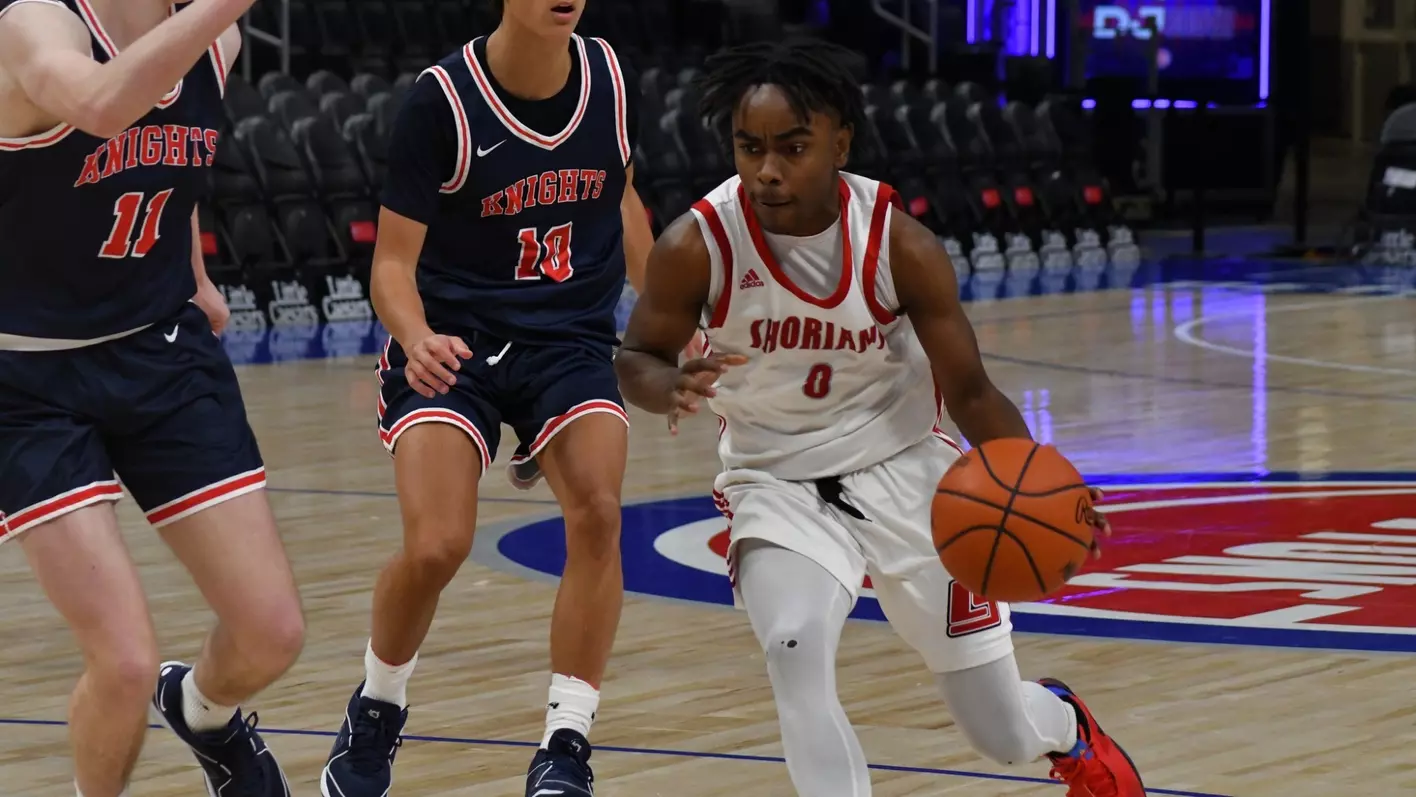The Women’s National Football League (WNFLB) is an American professional women’s football league that has contributed significantly to the growth and visibility of women in contact sports. As more women embrace football, the WNFLB stands out as one of the premier platforms for showcasing female talent in the sport.
A Brief History of the WNFLB
The WNFLB was founded in 2000 with the vision of providing a competitive, organized environment for women to play full-contact American football. The league was established in the context of a larger movement to empower women in sports, offering them the chance to compete at a high level in a traditionally male-dominated arena.
While women’s football had existed in various forms for many years before the league’s inception, the WNFLB provided a formal structure, enabling athletes to receive recognition for their athleticism and skill. The league has served as a vital stepping stone for women who want to pursue football seriously, both at a recreational and professional level.
Structure and Teams
The WNFLB operates similarly to other professional sports leagues, with teams spread across various regions in the United States. Each season, teams compete in regular-season games, culminating in playoff matches and a championship game.
The league has experienced growth since its formation, with the number of teams fluctuating over the years. Some notable teams in the league include the Chicago Force, Dallas Elite, and Seattle Majestics, who have historically been some of the most successful and well-known organizations in the WNFLB.
Unlike many other professional sports leagues that primarily focus on major cities, the WNFLB has also seen teams from smaller communities and mid-sized cities, further broadening the reach of women’s football and introducing the sport to a wider audience.
The Game and Rules
The format of the game in the WNFLB is largely the same as traditional American football, with teams fielding 11 players and using similar rules, such as 4 quarters of play, offensive and defensive strategies, and scoring via touchdowns, field goals, and extra points.
However, some minor rule differences exist to account for player safety and the overall pace of the game. For instance, the WNFLB has incorporated stricter concussion protocols and has worked to address the concerns surrounding long-term health effects, which have been prominent in contact sports. These changes ensure the safety and well-being of the athletes while maintaining the integrity of the game.
Athlete Development and Opportunities
For many women, the WNFLB provides a unique opportunity to not only showcase their athletic talents but also to build a career in football. Many players in the league have backgrounds in other sports, such as basketball, soccer, or track, and see the WNFLB as a platform to take their athletic careers to the next level.
The league emphasizes the importance of player development, with teams offering training camps, mentorship, and skills workshops. As a result, many WNFLB players have gone on to become trailblazers in their communities, inspiring the next generation of young women who dream of playing football professionally.
Challenges and Growth
Despite the growth of women’s sports in recent years, the WNFLB has faced numerous challenges. One of the most significant obstacles has been financial sustainability. Like many professional women’s sports leagues, the WNFLB has struggled with funding and media coverage, making it difficult for teams to operate without heavy reliance on sponsorships, ticket sales, and individual player contributions.
However, the league has managed to thrive thanks to the commitment of its athletes and fanbase. Over the years, the WNFLB has seen a gradual increase in visibility and recognition, especially with the rise of social media and the increasing prominence of women in sports. This has led to a more engaged audience and has paved the way for future expansion.
Another challenge faced by the WNFLB is the ongoing gender disparity in sports media. Coverage of women’s football remains limited in mainstream outlets, with most games and highlights available only through niche networks or online platforms. Nevertheless, women’s football is gaining more attention through digital content, with platforms like YouTube and social media helping to amplify the voices and talents of WNFLB players.
Impact on Women’s Sports and Culture
The WNFLB plays a significant role in breaking down barriers for women in sports. It has been an instrumental part of the wider movement for gender equality in athletics, offering a visible and competitive arena for women to compete at the highest level.
The league has also empowered women to pursue careers in coaching, refereeing, and sports management, opening doors in areas traditionally dominated by men. By highlighting female athletes’ physical and mental toughness, the WNFLB challenges stereotypes and promotes the idea that women can excel in football and other contact sports.
Moreover, the success of the WNFLB has spurred the growth of other women’s leagues and initiatives around the world, contributing to the broader push for equal opportunities in sports. The league has become a source of pride for many, as it showcases the resilience and talent of women athletes who refuse to be confined by societal expectations.
Conclusion
The Women’s National Football League (WNFLB) continues to be an essential force in the advancement of women’s sports. Though it faces challenges typical of emerging professional leagues, it is making significant strides toward securing its place in the sports world. With increasing media attention, expanding fan bases, and the continued dedication of its athletes, the WNFLB has the potential to further elevate women’s football to a level of prominence that could inspire future generations of female athletes.
FAQs
1. What is the Women’s National Football League (WNFLB)? The Women’s National Football League (WNFLB) is a professional women’s football league in the United States, established in 2000 to provide a platform for women to play full-contact American football at a competitive level. It aims to empower female athletes and promote gender equality in sports.
2. When was the WNFLB founded? The WNFLB was founded in 2000, with the mission of creating a formal structure for women to compete in full-contact football and help raise the profile of women in sports.
3. How many teams are in the WNFLB? The number of teams in the WNFLB can vary from season to season. Over the years, teams have come and gone, but the league has featured some well-established teams like the Chicago Force, Dallas Elite, and Seattle Majestics. The league has had anywhere from 6 to 12 teams in its active seasons.
4. What are the rules of play in the WNFLB? The rules in the WNFLB are largely the same as traditional American football, including a standard field size, 11 players per team, and the same scoring system (touchdowns, field goals, and extra points). However, there are some safety rules specific to the league, including concussion protocols and injury prevention measures to ensure the safety of the players.
5. Is the WNFLB a professional league? Yes, the WNFLB is a professional league, although it is not as commercially mainstream as male-dominated leagues like the NFL. Most of the athletes in the league do not receive the same pay as their male counterparts in professional sports. However, many players participate in the league out of passion for the game and commitment to promoting women’s sports.
6. Do players in the WNFLB get paid? Many players in the WNFLB are compensated, but the pay is generally not on par with that of major men’s leagues like the NFL. WNFLB players often supplement their income through other jobs or sponsorship deals. The league is still working on securing more financial backing and increasing player salaries.
7. Can women play in the NFL? Although the NFL has yet to see any female players, there is growing acceptance of women playing in male-dominated leagues, and women like Sarah Fuller (who kicked for Vanderbilt’s football team in 2020) have made history by participating in high-level college football. However, the WNFLB remains the primary platform for women to play full-contact football professionally in the United States.
8. How can I watch WNFLB games? While the WNFLB does not have the same level of media coverage as the NFL, many games are broadcast on niche sports channels or through online streaming platforms, including YouTube, where some teams post highlights or full-game recaps. The league is also active on social media, providing updates, behind-the-scenes footage, and player features.
9. What is the WNFLB’s impact on women’s sports? The WNFLB has been a crucial part of the broader movement for gender equality in sports. It helps to break down barriers for women in athletics, showcasing female athletes’ abilities in a traditionally male-dominated sport. The league also encourages other women to pursue careers in coaching, refereeing, and sports management.
10. How can I get involved with the WNFLB? If you’re interested in playing in the WNFLB, you can contact individual teams about tryouts, training camps, and opportunities to join the league. For fans, supporting your local team, attending games, and following the league on social media are great ways to get involved. Additionally, if you have an interest in coaching, refereeing, or working with the league in other capacities, there may be opportunities to do so through league programs.
11. Are there age restrictions for playing in the WNFLB? Players in the WNFLB are typically adults, and most teams require players to be at least 18 years old. There may be some additional age restrictions depending on the team or league regulations. While there is no upper age limit, most athletes in the league are in their 20s or 30s, though older players have competed as well.
12. Does the WNFLB have a championship game? Yes, the WNFLB culminates each season with a championship game. Teams that perform well in the regular season advance to the playoffs, where they compete for a spot in the championship. The final game is a highly anticipated event, showcasing the best teams in the league.
13. How can I support women’s football and the WNFLB? You can support the WNFLB and women’s football in various ways:
- Attend games or follow the league online.
- Promote awareness of the league and its players on social media.
- Buy merchandise and show your support for your favorite team or athlete.
- Encourage others to watch and follow women’s sports.
- Get involved with local teams or organizations to help spread the word.
14. Is the WNFLB the only women’s football league in the U.S.? No, while the WNFLB is one of the major women’s professional football leagues, there are other leagues, such as the Women’s Football Alliance (WFA), which also offer platforms for women to play football. These leagues often compete for attention and talent but share a common mission of growing and promoting women’s football.











